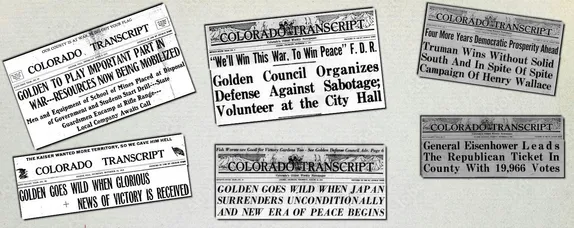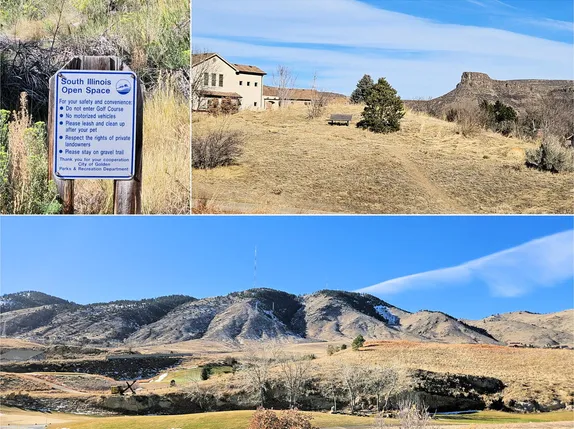I learned something new at the August Golden Beer Talk! The featured speaker was Golden's own Dr. Tanja Rauch-Williams (of Metro Water Recovery). Her two guest speakers were Brian Tracy from the City of Golden and Mark Koch from Coors.
I have written before about Golden's sewage history--how, for many years, we piped our raw sewage straight into Clear Creek, and how, in the 1950s, Coors built a treatment plant and began treating Golden's wastewater as well as their own.
I learned a new chapter in the wastewater tale: for ten years, Golden sent its sewage/wastewater to Denver for treatment. The complete sewage saga follows, including the new (to me) Denver interval.
Sewers of Golden, Part 1
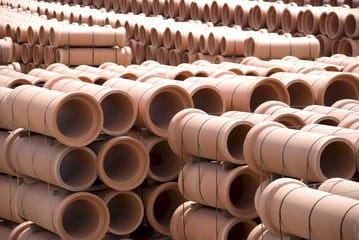
The City of Denver began installing a sewer system in the late 1870s. Much of the ceramic pipe used for that system was manufactured in Golden, using our local clay.
Golden itself was slower to embrace the idea of a city-wide sewer system. Our early efforts were privately financed pipes that led straight to Clear Creek. Once there, the raw sewage was discharged directly into the Creek.
In 1879, Golden’s leaders were anxious to get a first class, modern hotel. Apparently one critical element of this hotel would be indoor plumbing, rather than outhouses. The Transcript described how this could be achieved:
A suitable location can now be secured...from which a sewer pipe to the creek can easily and cheaply be laid.
Colorado Transcript, March 26, 1879
The Bella Vista Hotel was built at 12th & Jackson (called "Miners" at that time) with a direct line to the creek.
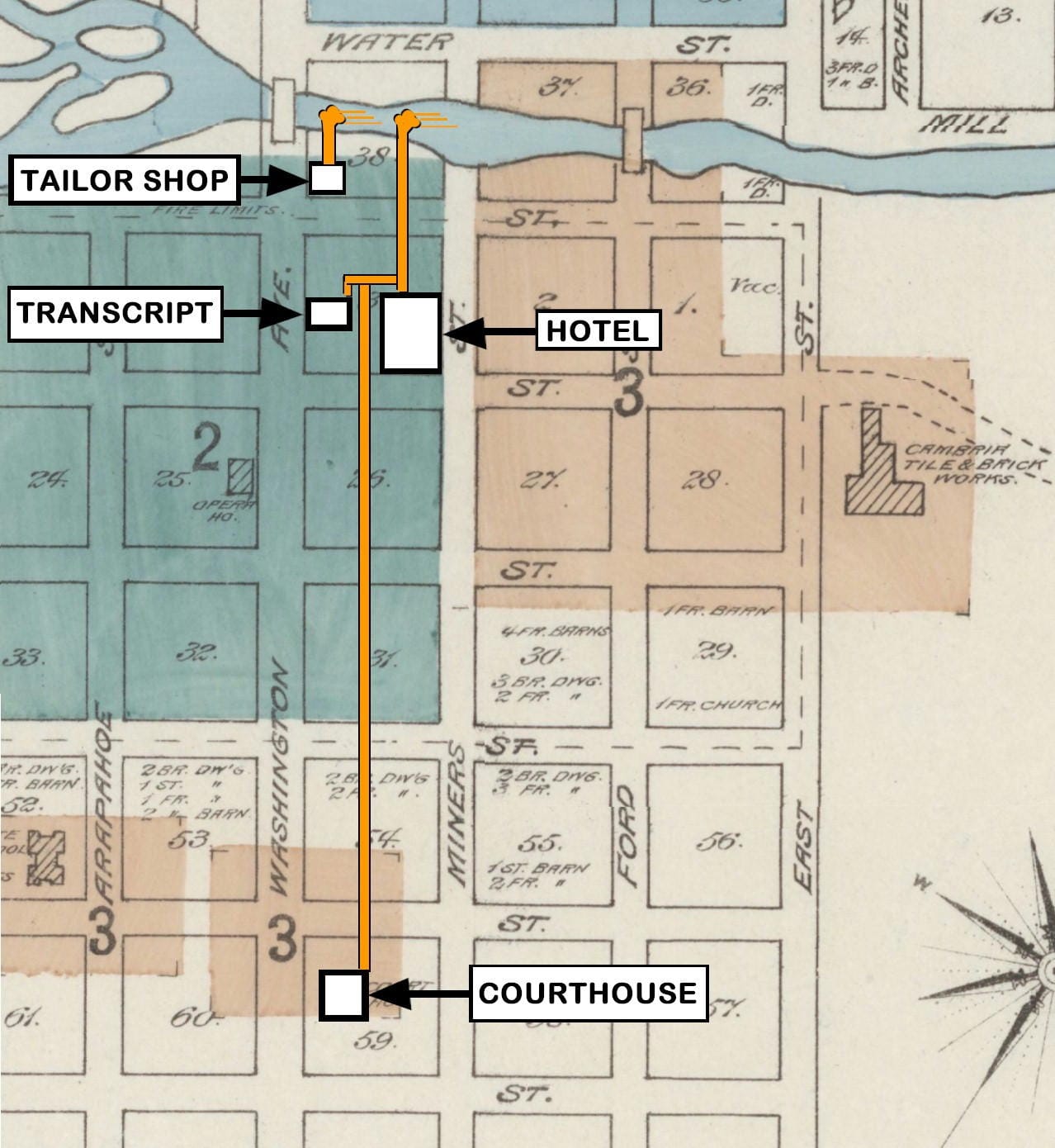
In 1893, the county commissioners paid $200 to install a sewer pipe from the courthouse down to meet with the hotel’s sewer. Property owners along the line also contributed to the cost, so they too could connect to the line.
Mr. Staples, who owned a tailor shop and residence at Washington Avenue and 1st Street (now 11th) installed a sewer pipe from his building to the creek in 1885.
The same year, the Transcript connected to the hotel’s sewer pipe to discharge the waste water from their motor.
West of Washington Avenue, there was a combination of buried sewer pipes and open runs.
A February 24, 1886 Transcript article describes John Nicholl’s lovely home on 14th Street and mentions that “The bath-room, lavatories, sinks, etc., as well as the yards, are drained through lines of sewer pipe leading to the street gutter in front.”
A February 27, 1895 article discusses “…the proposed sewer from the School to Clear Creek. This improvement is very much needed as at present all the drainage is passed down through the city in the open run leading thence to the creek.”
Until 1896, the State Industrial School (now the Lookout Mountain Youth Services Center – map) discharged its waste into Kinney Run, which eventually carried it to Clear Creek. Residents in the Ford Street neighborhood disliked having the open sewer run past their houses.
By the turn of the century, the need for a city-wide underground sewer system was becoming clear.
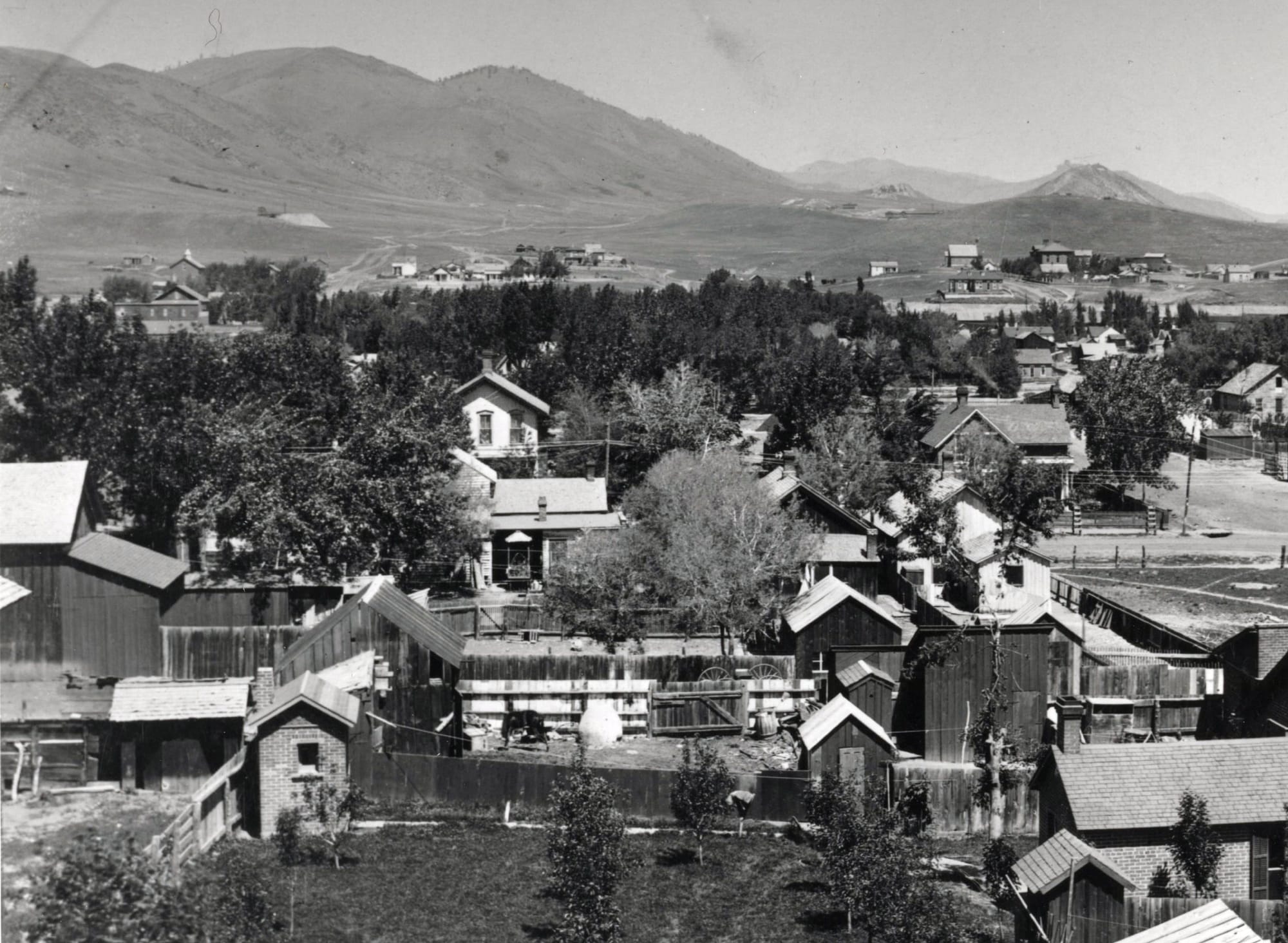
Golden Sewers – Part 2
After 40 years of living with outhouses and open sewers, Golden residents were coming to appreciate the value of underground sewers. By 1900, we had hundreds of feet of buried sewer pipes, but they were all privately installed and owned. People who had sewer lines running past their property were often able to connect to the pipe, but most homes and businesses in Golden had no access to a sewer.
At last, town leaders began to urge the development of a wide-reaching city owned system.
All the sewers in the city thus far have been inaugurated by private enterprise and money, and we believe…that the time has arrived when Golden should begin the establishment of a complete system of sewers.
The Colorado Transcript, February 4, 1904
In 1906, City Council hired an engineer to survey a potential sewer system. In 1908, they voted in favor of installing sewer lines on the south side of the creek. That was so successful that in 1910, they built another sewer system north of the Creek.
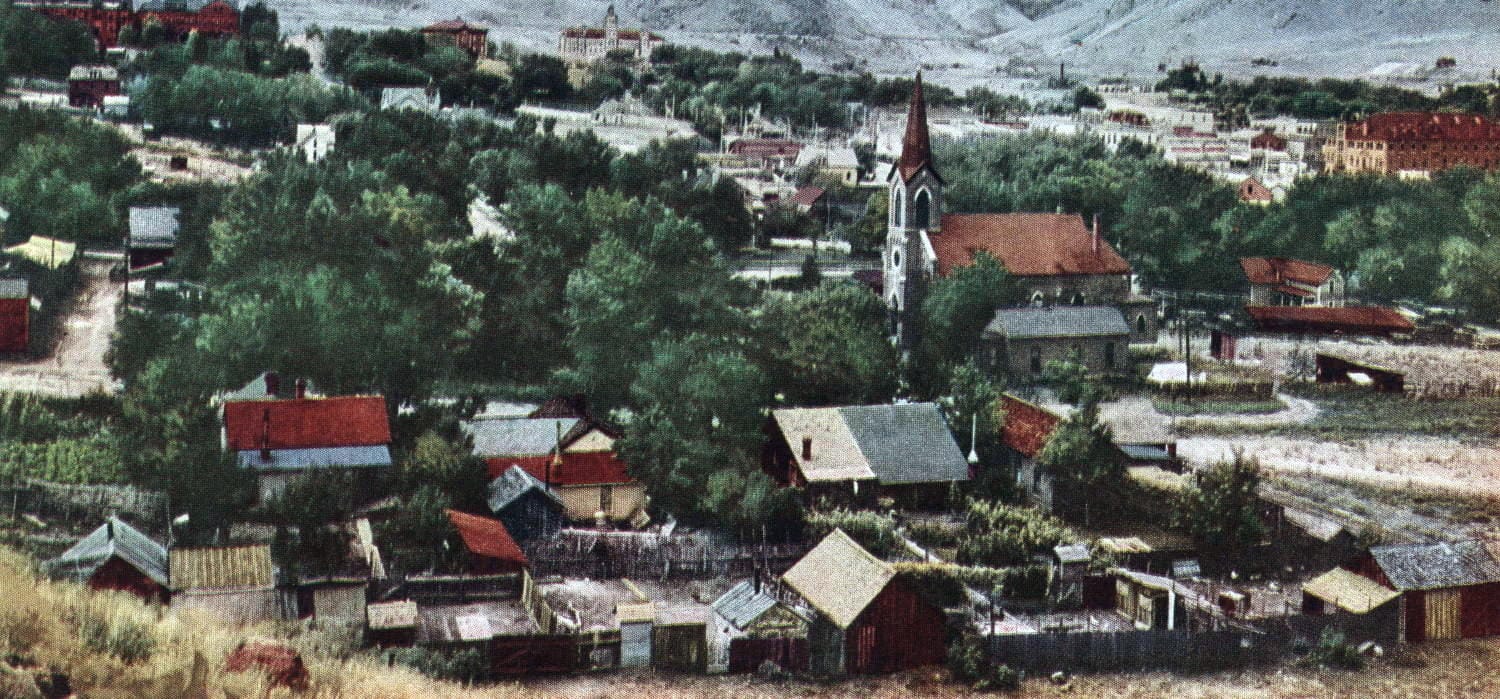
While the new systems were owned and maintained by the City, individual property owners were assessed the cost of running past their property and hooking them up to the system. Some property owners were reluctant to pay that assessment, and continued to rely on outhouses for many more years.
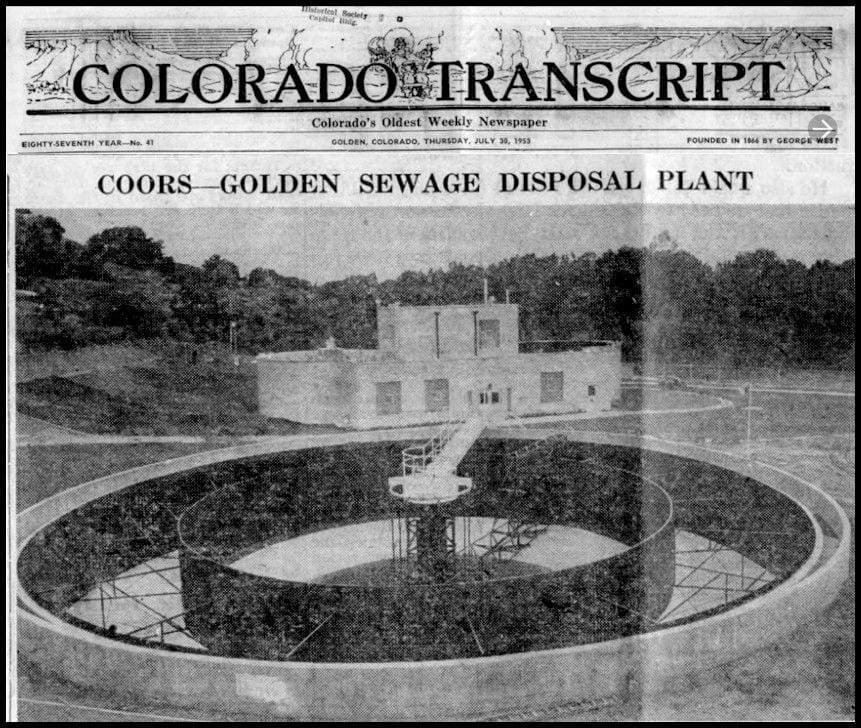
Golden continued to discharge its sewage directly into Clear Creek until Coors built a wastewater treatment plant in 1953 and agreed to process Golden’s wastewater as well. The Coors-Golden "Sewage Disposal" plant began treating wastewater on August 1, 1953.
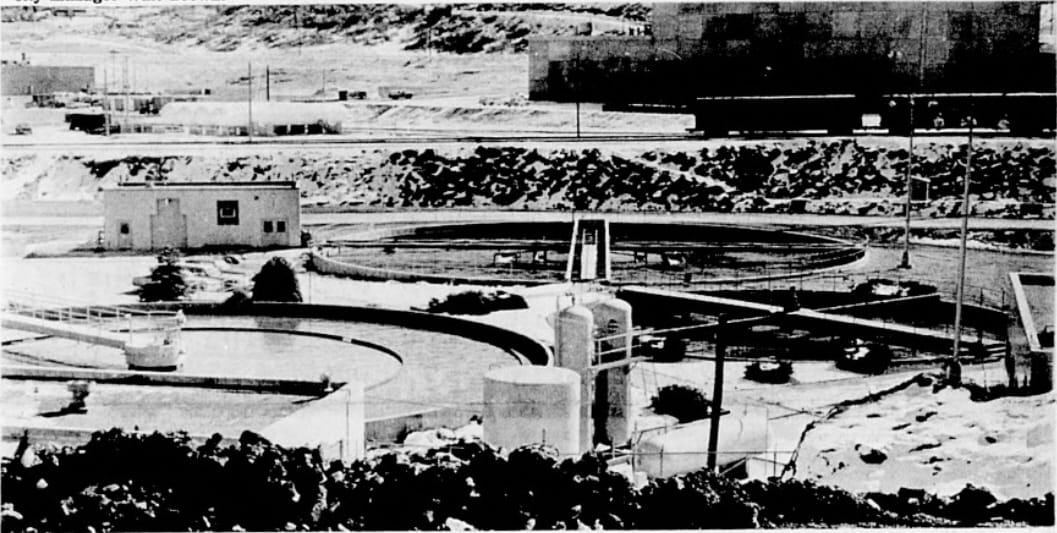
The New Chapter
In 1971, Coors informed Golden that they would need all of the capacity at their treatment plant, and asked the City to find another solution by October of 1972. This left the City with two choices: build its own treatment plant or install a long pipe and hook into Denver's system. After evaluating the alternatives, Golden decided to connect to Denver's Metro Water System.
Meanwhile, Coors was continuing to build new facilities; many of them downstream from the treatment facility. They decided that they would like to send some of their wastewater to Denver too. They offered to build a 24" diameter, 18,000 foot long pipe to carry the wastewater to Denver. Golden could include its wastewater at a cost of $10 per year. (This did not cover Denver's charges for treating the wastewater.) If the combined (Golden + Coors) wastewater ever exceeded the capacity of the pipe, Golden would need to build its own pipe, but Coors would provide right of way through their land.
The Denver solution was never entirely satisfactory. Some of Golden's water rights were dependent on our ability to return water to Clear Creek after using (and treating) it. When we sent our wastewater to Denver, it was released into the South Platte after treatment. The seventies included a number of wet years, which allowed us to meet our obligations to our downstream neighbors, but City leaders were concerned about what would happen in dry years.
The December 31, 1979 Golden Transcript announced that Coors and Golden had reached a new agreement: Coors would build a second treatment plant and would resume treating Golden's wastewater. In exchange, the City would make its post-treatment water and any excess water supply available to Coors. The deal was economically advantageous to both parties. So--after a 10 year hiatus--Golden's sewage returned to Coors' treatment plant.
And they have been treating it ever since.!
Many thanks to Esther Kettering for sponsoring Golden History Moments for the month of August.



